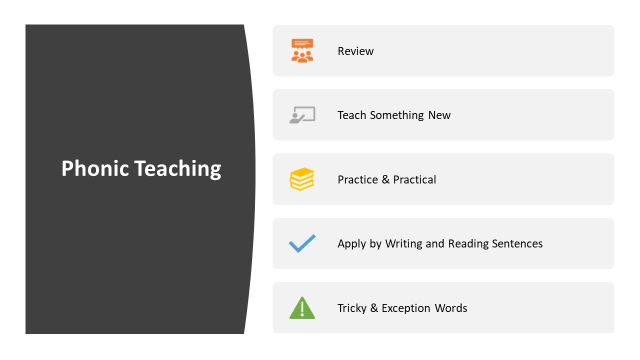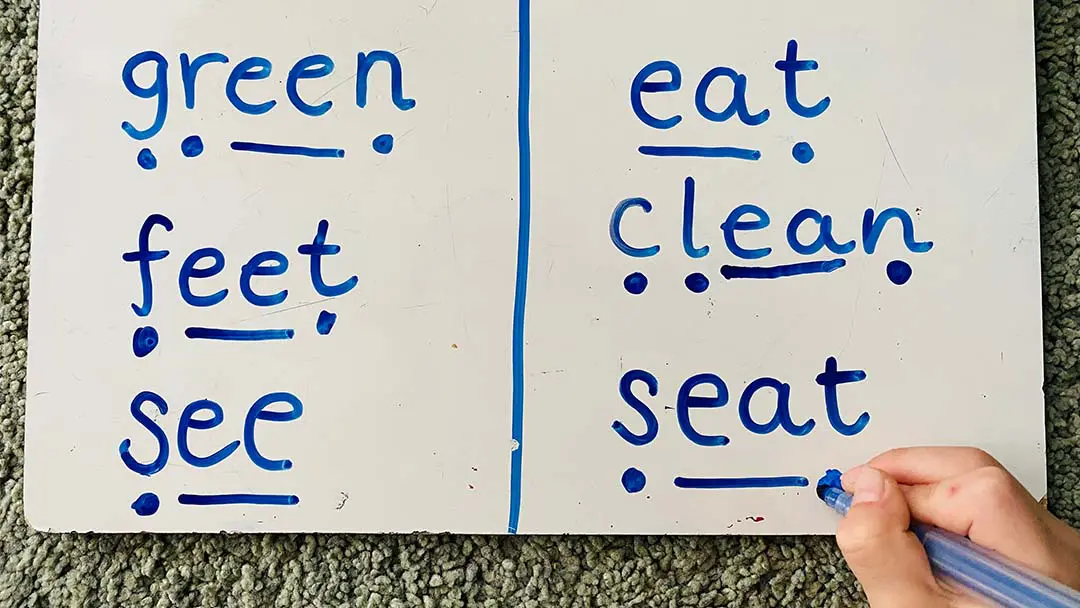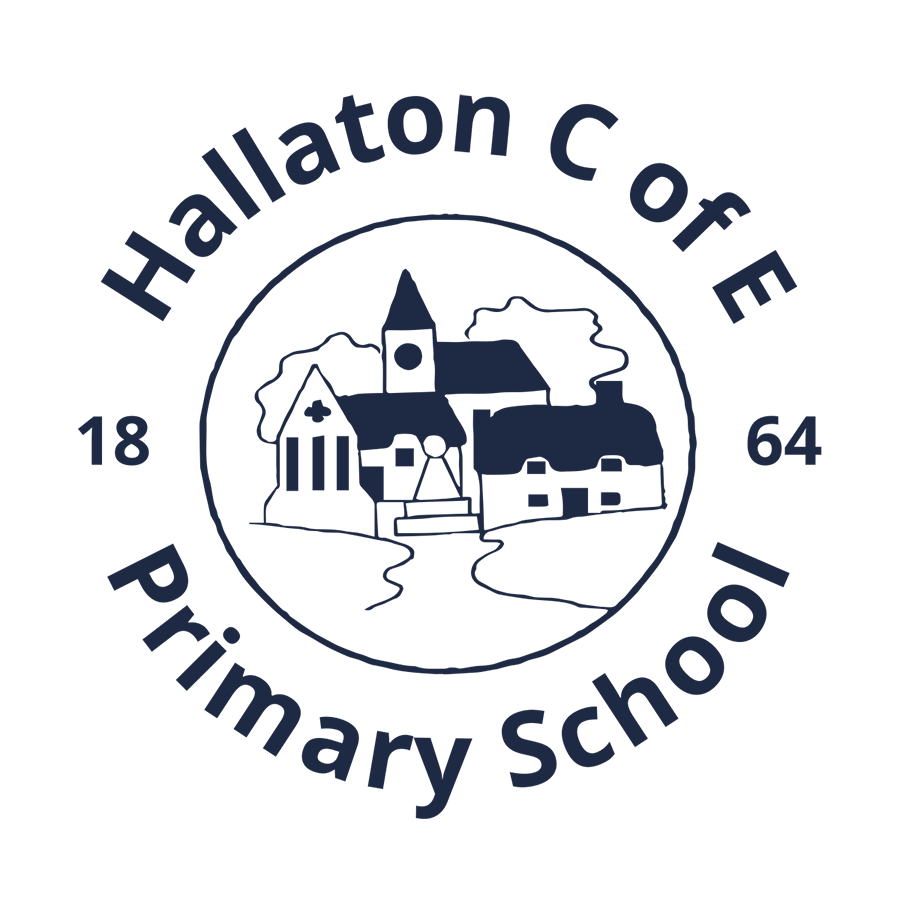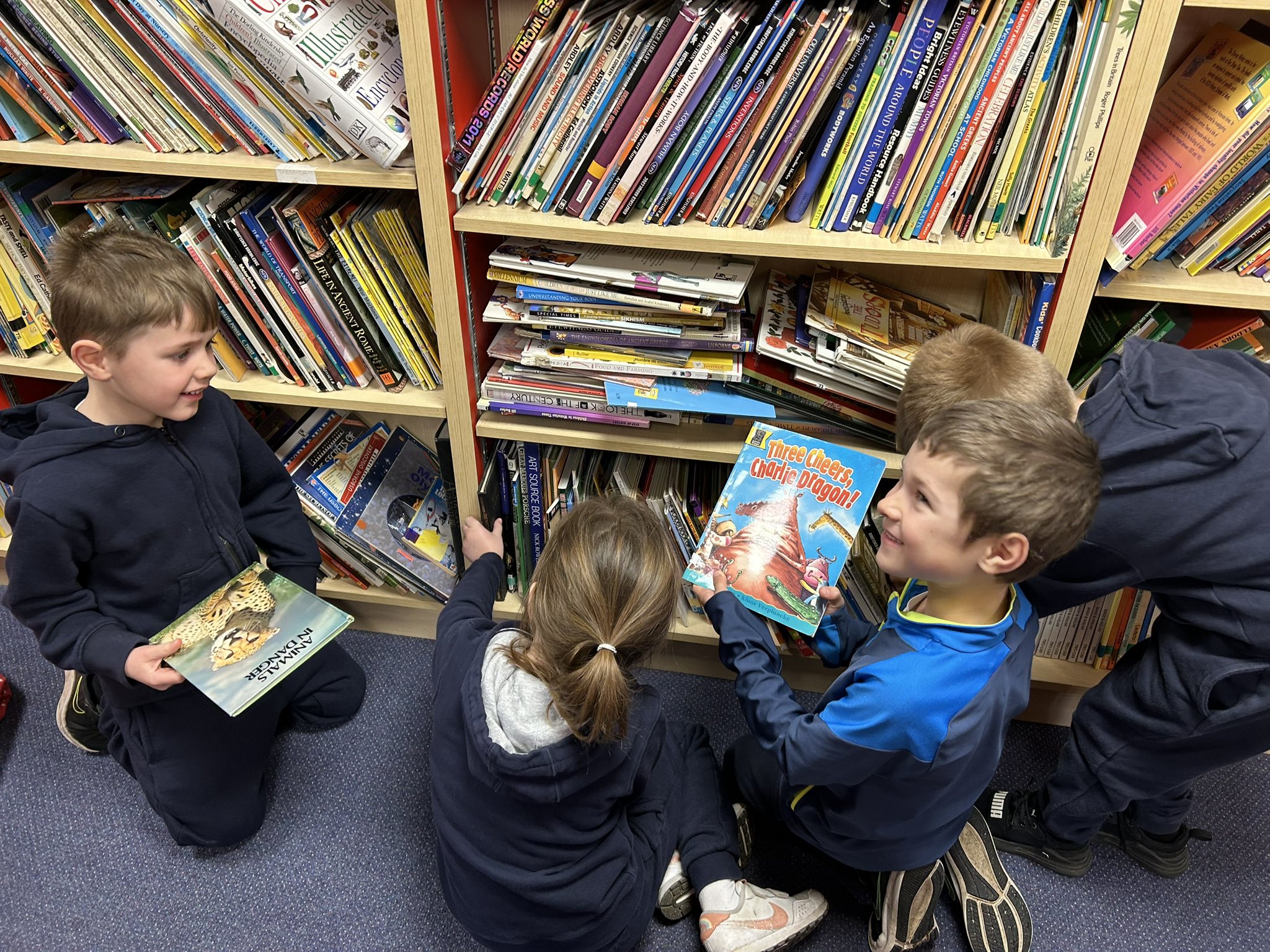Phonics
Our school has full commitment to the early, systematic and focused teaching of phonics to all children. At Hallaton Primary School, we strive to ensure that all children become successful, fluent readers by the end of Key Stage One; we believe that this is achievable through a combination of strong, high quality phonics teaching combined with a whole language approach which promotes a 'Reading for Pleasure' culture. We always score very highly in the Year 1 Phonics Screening Test, with 100% success rate in 2022 and 2023.
A useful video to help your child with their sounding out when reading: How to pronounce pure sounds
Delivery of Phonics Sessions for Reception to Year 2
We teach Phonics using the Twinkl programme;
For Reception up to Year 2, Phonics is taught in a daily discrete session.
Each lesson is split into 5 parts:

Assessment
Children in Reception up to Year 2 are assessed daily as part of the session. Assessments are completed formally each half-term. Year 1 carry out the National Phonics Screening Test in the Summer Term. https://blog.hope-education.co.uk/what-is-the-year-1-phonics-test/
Embedding Phonics
- We aim to embed phonics in all lessons. Children are encouraged to have a go at using their sounds when spelling and reading.
- Sounds, High frequency words and tricky words are displayed around classrooms to develop independence when spelling. When modelling reading or writing, teachers model the use of phonics to aid decoding and spelling. Children have access to phoneme mats to support the writing process.
How we model phonics
- Oral blending and segmenting – we count the number of phonemes using our fingers.
- Writing - we ask children to spell a word by segments, saying one phoneme per finger.
- Reading - we point to each individual grapheme as it is said them drag finger underneath the entire word as it is blended.
- We use dots for individual letter graphemes and a line for digraphs and trigraphs.

- A child will apply their phonics knowledge for an unknown word by segmenting first then blending. Then they will return to the beginning of the sentence to reread.
See attached document for further explanation.
Phonics Interventions
- Children who are falling behind or have gaps have extra intervention sessions. The aim of intervention sessions is to accelerate these children’s progress and therefore to enable them to keep pace with their peers.
- Children who do not meet the standard in the Year 1 Phonic Screening Check are a continuing focus in intervention sessions during Year 2 as well as being a focus of teachers and teaching assistants in the classroom.
Reading Books
Children have their reading books changed at least twice-weekly in KS1. Children read frequently with teachers, teaching assistants and parent reading volunteers throughout the school. We have a range of texts in EYFS/KS1 which are phonically decodable and which link to the stage of Phonics which the child is on. Children who are just beginning to learn letter/ sound correspondences use books which do not have words to begin with and are therefore still learning to tell stories. Once children are secure with Phase 6, they then work through the reading scheme before choosing their own reading book from the school and classroom library.

